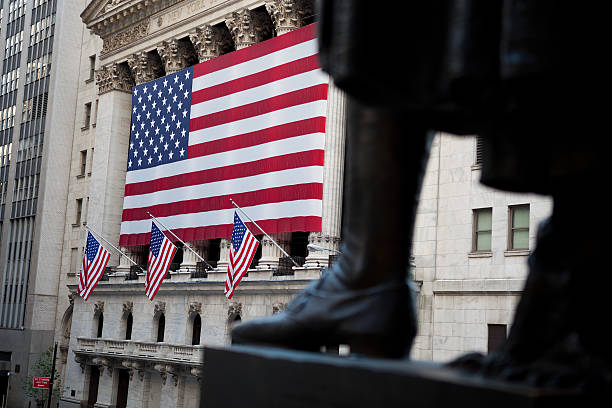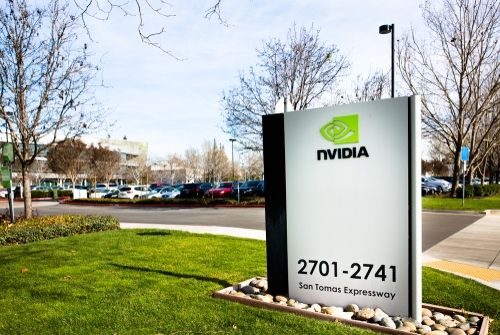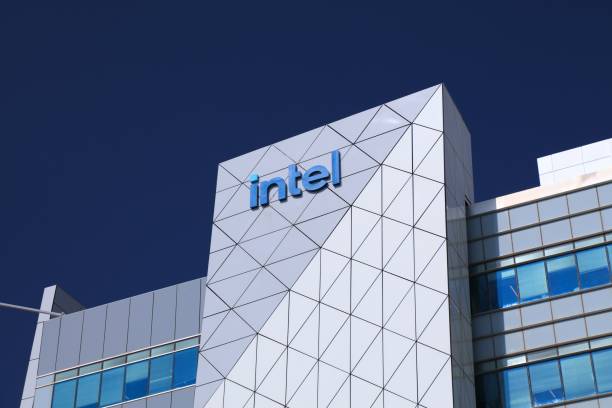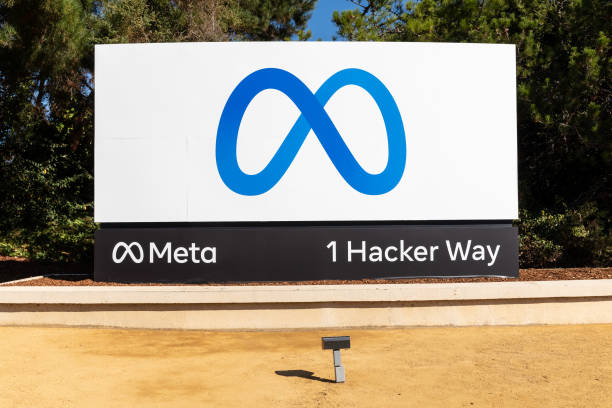Tech sell-off is reminiscent of the October 1987 crash: Societe Generale

The recent equities rout has been driven by a mix of increasing U.S. recession fears, the unwinding of the yen carry trade, internal market dynamics dominated by momentum trading, risk parity strategies, and passive investors. Moreover, the sell-off has been exacerbated by the unwinding of a crowded and overpriced Big Tech trade.
Among these factors, the immediate trigger might have been recession fears, but the other elements then "ganged up to form a merciless lynch mob,” Societe Generale (OTC:SCGLY) strategists said in a Thursday note.
They note that this situation is reminiscent of the October 1987 crash, where an unexpected West German rate hike triggered fears that the Fed would also hike rates, risking a U.S. recession.
“The Fed didn’t actually hike, and a recession was avoided, but on the day over-exuberant investors combined with a proliferation of ‘portfolio insurance strategies’ to blow the market to smithereens. Ouch!” strategists wrote.
Societe Generale points out that today's investors have even more sophisticated and potentially explosive strategies.
According to the bank, a downturn in analysts’ optimism on tech profits “almost always spells trouble.”
Mixed earnings from some of the Magnificent 7 attracted attention last week, but tech earnings optimism actually peaked in February. When earnings-per-share (EPS) optimism starts to slide, tech stocks typically lose momentum and fall below their 200-day moving average, leading to proportionate undershooting.
Societe’s analysis shows that once optimism peaks, it tends to trend down for an extended period, pulling the market down with it. The VIX index saw an intra-day spike to 65 on Monday, settling back to 28, still double where it was a month ago.
“The rise in VIX might be yet another indication that a recessionary wind is blowing,” the note states. Recession fears triggered by weak July non-farm payroll data may be justified, given other troubling data.
Employment growth, as measured by the Household Survey, has added zero jobs in the past year, and other labor market indicators are deteriorating faster than the U3 unemployment data suggests, which has even triggered the Sahm Rule.
The equity market usually aligns with recessionary Kansas City Fed labor market data but has diverged since the AI euphoria sparked by the November 2022 ChatGPT launch, strategists point out. However, now that "eps optimism is receding, we’ll soon find out who is swimming naked."








